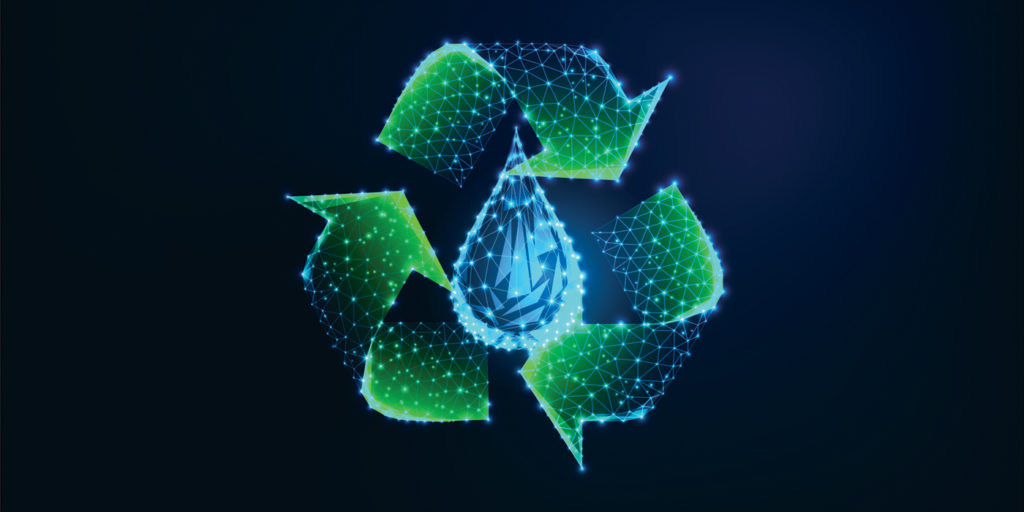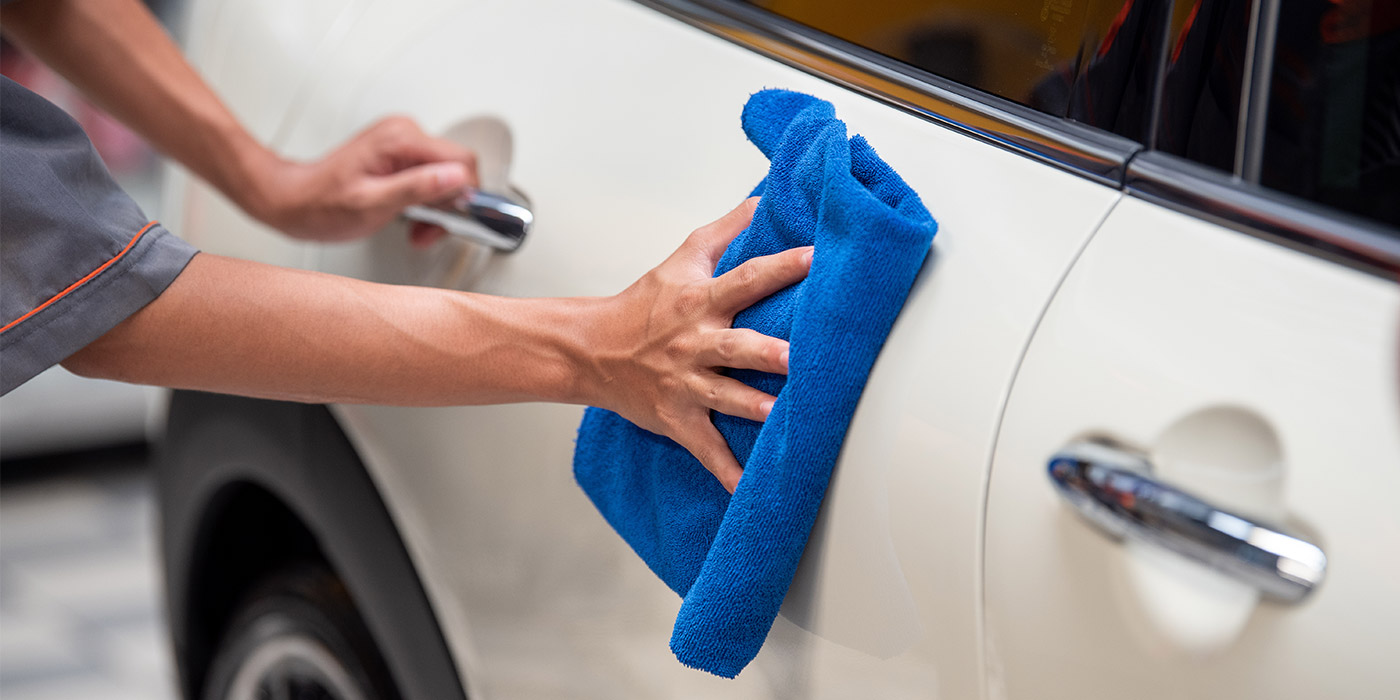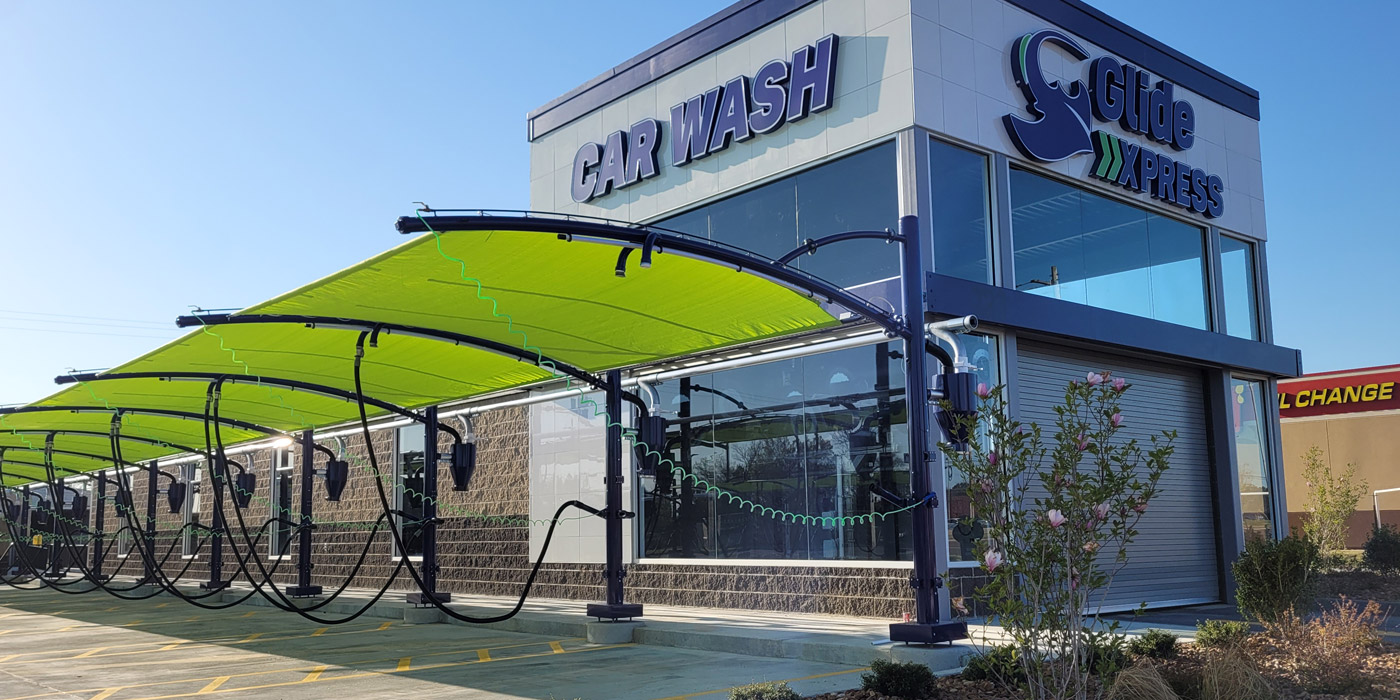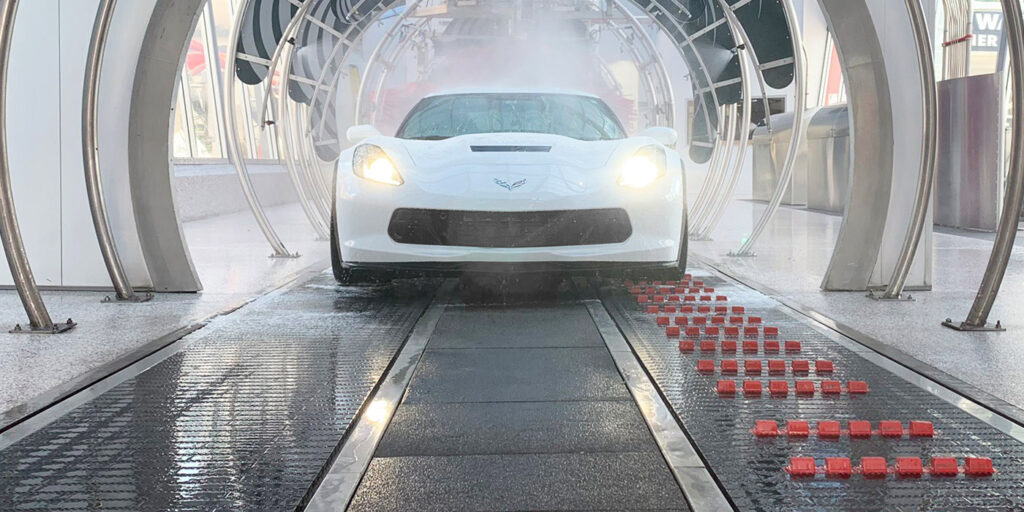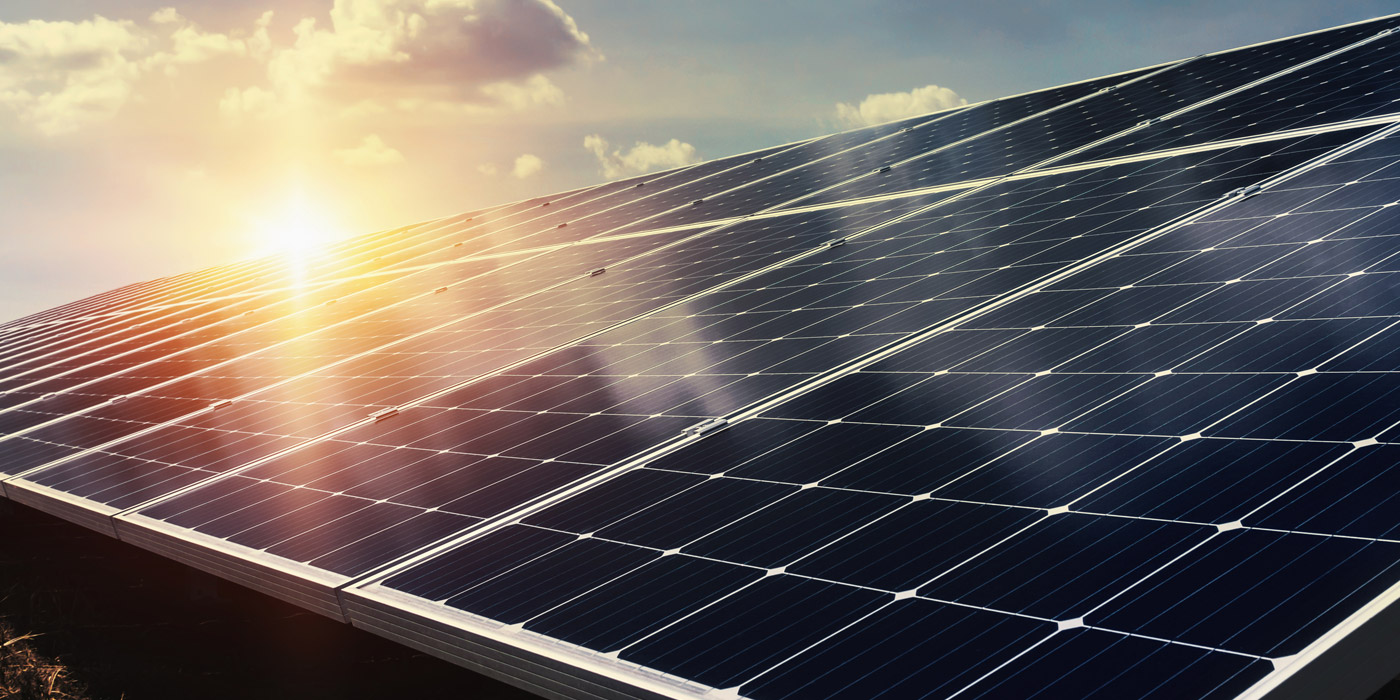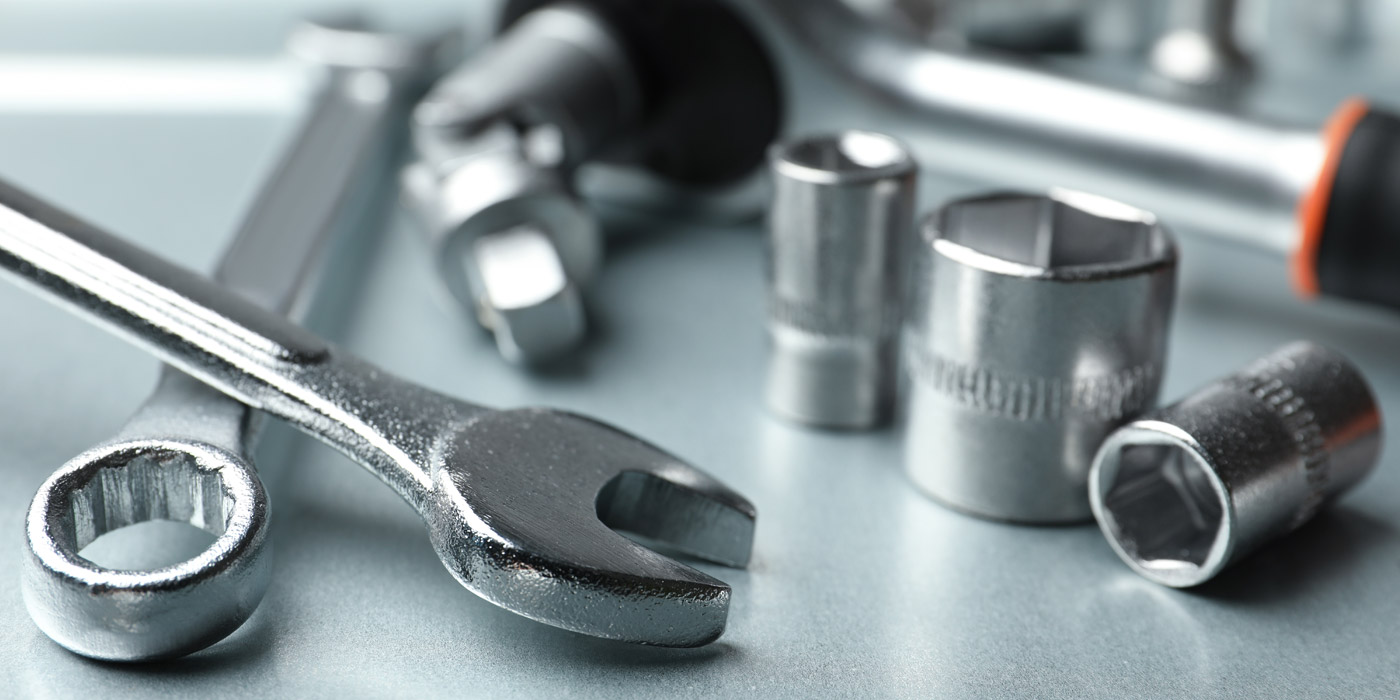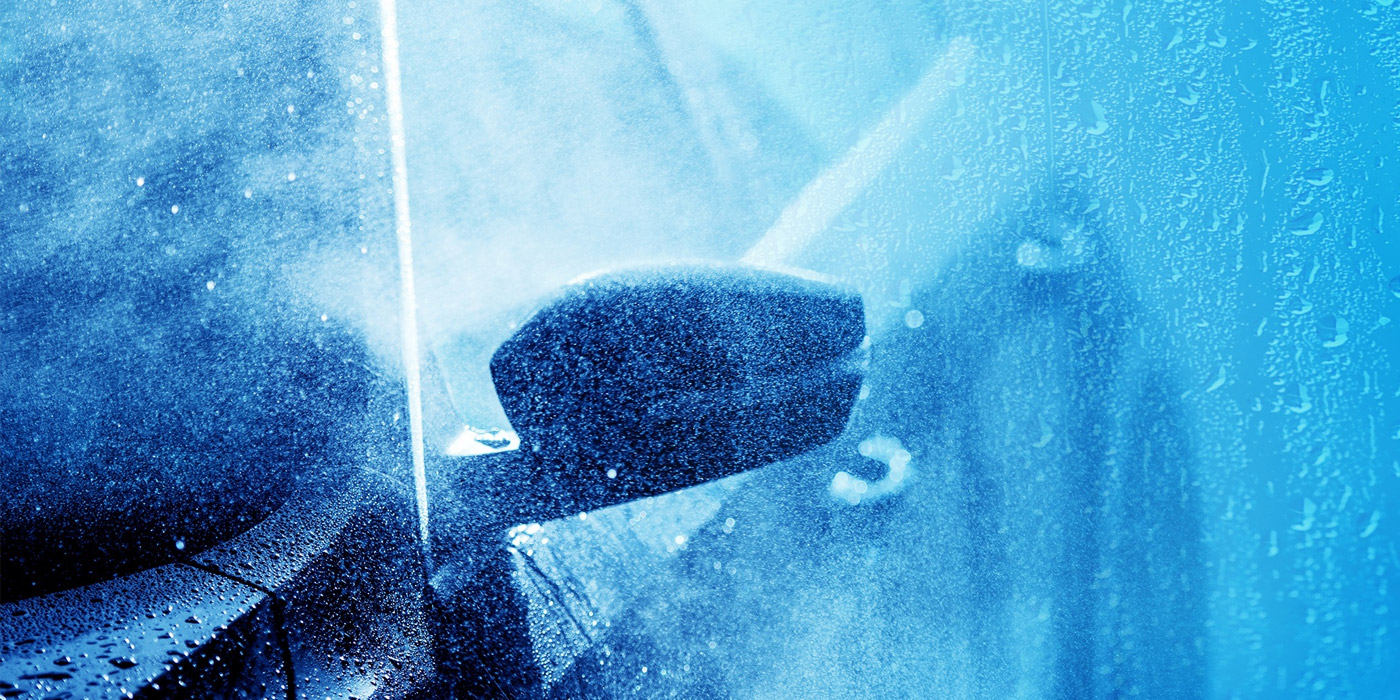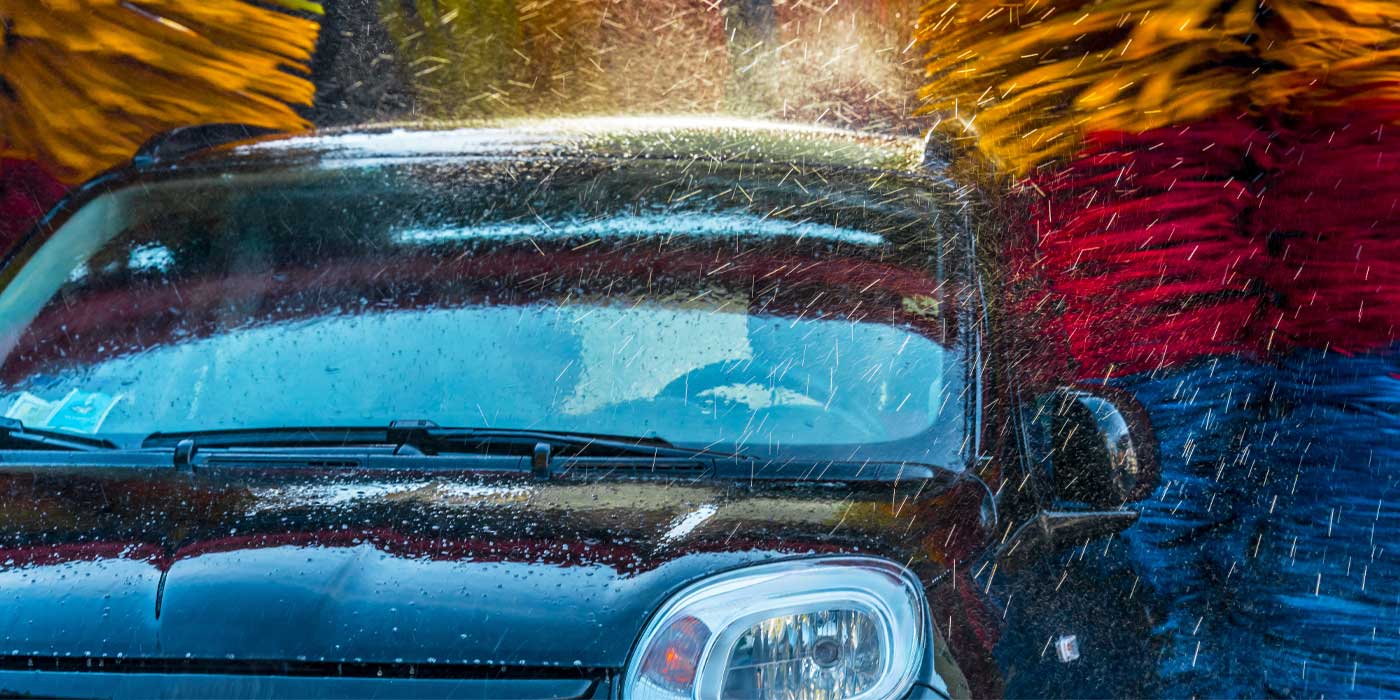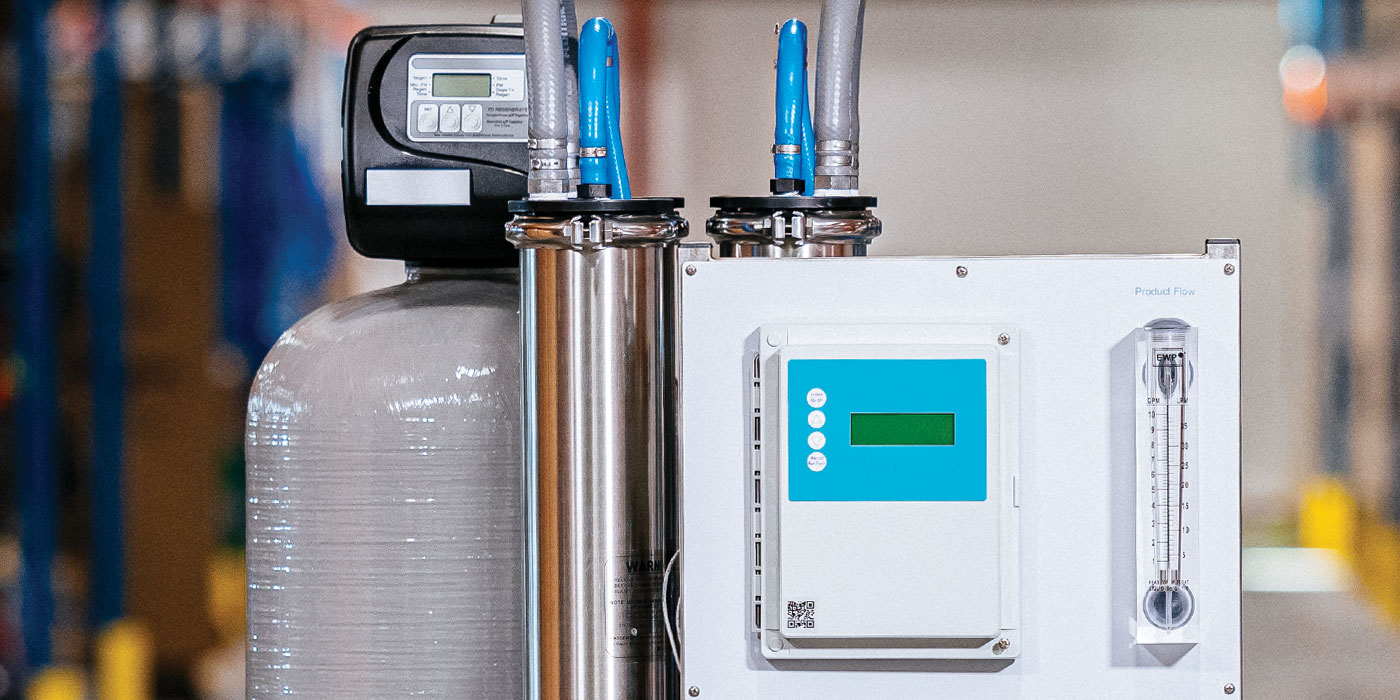The concept of recycling has a long history in the U.S. Some historians trace recycling’s origins back to the colonial days, when early Americans found that materials were hard to obtain. For instance, metal was considered a scarce commodity in those days, leading to many recycling initiatives strictly born of necessity. As our country progressed into the 19th century, discarded cloths were made into paper, and leftover animal bones were made into fertilizer (today referred to as bone meal). However, throughout history — and even now, as regions of our world continue to experience periods of ongoing droughts and dry spells — water is considered our planet’s most important resource, for without it, there would be no life on earth … or carwashing either.
No time to read this article? Listen to it instead!
Many professional carwashes reuse water, and those that don’t face an expensive reality check in the future, experts say. Water and sewer rates as well as associated regulations are expected to continue to skyrocket moving forward. Creating efficiencies in your carwash’s water recycling plan is not only a smart marketing technique to lure customers and prospective customers out of the driveway — where water waste is abundant — but it is also becoming increasingly important to protect the bottom line from shrinking.
Let’s drink to this
Ahead of an operator’s skill and the equipment and chemicals that are selected, water quality plays a leading role in optimal carwash results as well as proper system performance. Prominent studies show that hard water — which is high in dissolved minerals, including calcium and magnesium — can result in reduced chemical efficacy and poor cleaning results as well as lower system and equipment performance. Since water quality changes and water recycling systems involve varying levels of maintenance, reuse efforts must be an ongoing priority to achieve consistent results.
But, when it comes to reuse, knowing water’s limits is key.
“There are many methods of conserving and recycling the water in a carwash today. Most reclaim [systems] can purify the water and feed it to many standard applications in the wash, such as undercarriage, high-pressure blasting and wraps,” explains Steve Samudio, technical sales manager for PurClean – New Wave Industries.
In order to prepare used wash water for reuse, operators have several filtration methods from which to choose, and the ideal selection is based on a number of factors, including costs/budget and maintenance requirements. The most common filtration methods in this industry include cyclonic separation, media filtration — such as activated carbon — and the use of bag filters.
While the purpose of these filtration methods and systems is to remove contaminants and particulates from the used water, total success in water reuse cannot be realized until used chemistry is rejected from the water as well. As a result, John Gibney, vice president and general manager of Aqua Bio Technologies, insists that the most effective method of conserving and recycling water in the carwash industry today is with a system that removes the chemistry from the water — commonly referred to as a water restoration system.
“Since the chemistry has been removed from the processed water in these [water restoration] systems, it can then be used in all stages of the wash cycle except for final or spot-free rinse,” adds Gibney.
Operators can take water reuse to the next level, leveraging recent advances in new technology. Water is processed further through the restored spot-free system then sent to a reverse osmosis system to produce spot-free rinse water for the wash, continues Gibney. “Commonly referred to as a restored spot-free system, the operator can now reuse 100% of the water they capture throughout their entire wash cycle,” he says.
Maintenance matters
As mentioned, more or less maintenance will be required based on the water recycling filtration system that you choose. All water recycling systems start with water in settling tanks, which separate out larger solids, oil and grease, as well as other floating particles. As noted by Gibney, an operator can expect to have the wash’s first settling tank (the first tank that the wash empties into) pumped out every quarter.
“If your wash is extremely busy, then you may want to have the second tank pumped out as well [each quarter]. Also, an annual air filter change for the aeration blower is required at a cost of $35 to $100 per year. The operator will want to make sure pumps and aeration blowers are running smoothly and are warm but not hot to the touch,” asserts Gibney, adding that operators would be wise to check that gauges and displays are clear and accurate per the manufacturer’s specifications. “Also, if you have a water restoration system, two nutrient pouches need to be put into the bio tank every quarter at a cost of $80.”
Related: Wash Talk Ep. 33: Water Recycling Systems and their Maintenance
In addition to car counts, operators should also keep an eye out for the type of dirt, grime and contaminants they are washing off vehicles at their locations. Certain soils and contaminants can hinder a system’s performance, and excessive buildup will require more frequent cleanings and filter changeouts.
Samudio’s list of maintenance requirements include replacing or changing bag filters, changing media tanks and cleaning pump baskets. And, since visual inspection and maintenance are considered pillars in maintaining your water recycling system’s performance, accessibility built into design is a must.
Built for water reuse success
What water recycling system factors should you consider when building a new site or retrofitting an existing site? To begin the process, says Samudio, space and access are the first items to tackle. For instance, a retrofit may need a detailed analysis of what tanks (above- or belowground) can fit on the site, along with where the reclamation system will go.
“Sewer connections need to be determined, and existing plumbing needs to be located and considered. Once it is confirmed that a reclaim system can be used, sizing of the system needs to be decided. Some reclaims are ‘on demand,’ and others use a batch style to produce the product water. Either method determines how much water can be fed to the wash at any given time. This can change how much reclaim water versus fresh water is used in the wash due to small or high feed volume,” educates Samudio.
For a new build or a retrofit site where water is more abundant and cheap, it is recommended by Samudio to consider installing tanking while the ground is open since adding the tanking and piping later could cost twice as much.
The type of water recycling system you choose will dictate the amount of space required. Advances in technology and design in closed-loop systems, for instance, have led to more efficient, compact systems that are ideal for even small wash sites. When it comes to a water restoration system, these systems require a much larger footprint compared to a water reclaim system, for example.
“With a water restoration system, the operator would need the space for additional tanks, either underground or above ground. They need to consider the amount of water they use or plan to use. Different types of wash equipment use different amounts of water. For instance, a touchless in-bay automatic uses far more water than an exterior tunnel. So, one thing to consider in selecting a system is the amount of water processed,” says Gibney.
Costs are another prime factor to consider. “Today is the cheapest your water will ever be,” Samudio predicts. Gibney recommends requesting an ROI analysis on water equipment from the supplier or manufacturer so you can rather quickly determine if the purchase makes economic sense in your area.
“Water recycling systems are a major capital investment in your wash. For effective water reclaim systems, you can expect to pay in the $30,000 range, and for water restoration systems into the $100,000 range. It all depends on your budget and what you want to get out of your water recycling system,” advises Gibney.
Get out what you put in
Water quality changes frequently based on numerous factors, including seasonal changes, changes in the integrity of piping and infrastructure, minerals entering the water (hard water) and other factors. Regardless of how much fresh water your wash is using — and all carwashes will require fresh water, since 5 to 10% is estimated to be lost per vehicle during carwashing due to carry out and evaporation — regular testing is vitally important to maintain the integrity of systems and wash results.
Manufacturers recommend employing readily biodegradable chemicals when using a water recycling system. “If you use non-biodegradable chemistry in your wash, often that chemistry will not break down and only compound with each pass through the system. The compound will eventually choke off the system or result in poor water quality, equating to poor wash quality,” warns Gibney, adding that water entering a reverse osmosis system must be even further analyzed and treated.
If testing and treating water is not your operator’s forte, it is even more important to partner with a trusted industry system manufacturer or local water expert who understands the complexity and science of water. Simply giving your water the eye test will not determine its quality. Seeing is not believing when it comes to water, unless you’re looking at wash results.
So, what should an operator or water expert keep an eye out for in order to increase the efficiency of his or her water recycling system?
“Mineral seal oils from chemistry should be eliminated or reduced, and fluctuations in pH levels both high and low can adversely affect water quality. Introductions of salts from either a water softener or carry in of road salts will also have a negative impact on quality. Therefore, softeners should be eliminated completely or ensured that the brine water discharge is sent directly to sanitary sewer,” concludes Samudio.
Water: What would we do without it? Unfortunately, the answer is as clear as purified H2O. Reuse water now by implementing the best practices noted in this article and found in other content on Carwash.com, and preserve the fluidity of future profits.

